
My final project is a smeared and messy adaptation of a classic etch a sketch built on the guts of the old school arcade game asteroids with an intended theme of showing distractions that always take up our main goal in any situation. When creating my final project my thought process was on of many changes and last minutes shifts. As I started constructing the project I originally intended to have words fly around the screen in place of the blinding colored blocks seen in the final version and have your little character try and avoid those words. As I was working on this code I saw that nothing was appearing as I intended it too and instead of being an art piece on words related to distractions it instead looked disjointed and didn’t really match what I was going for. With the words not being distracting enough from your character I set out to remove the background to give off the blinding smear effect that left when you do not add a background color in the draw function. I also instead used a more typical array of randomized rectangles that would shoot out and leave a very distracting mark on the screen as you try your best to use an etch a sketch that’s entire purpose is the blind you. When you have these flashing lights in your face and any distraction content it becomes very hard to stay focused on your main goal.
References:
Etch a Sketch Owned by Spin Master Toy corporation
Asteroids designed by Lyle Rains (1979)
Learn Processing Tutorial-Arrays-Daniel Shiffman
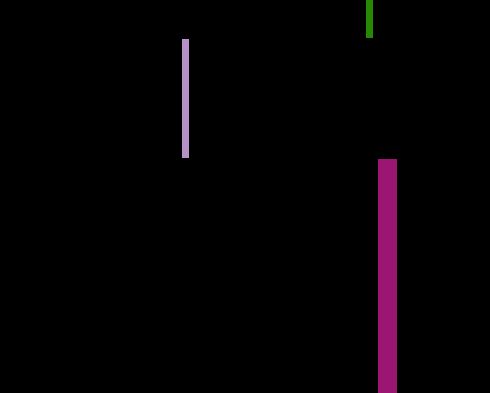
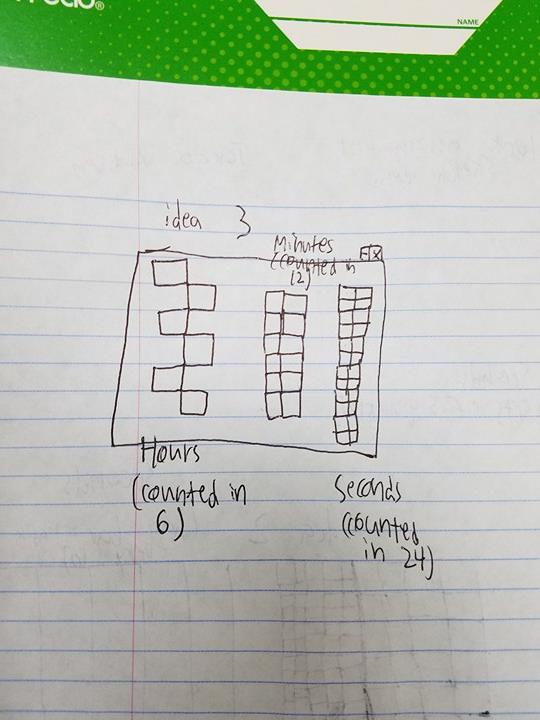
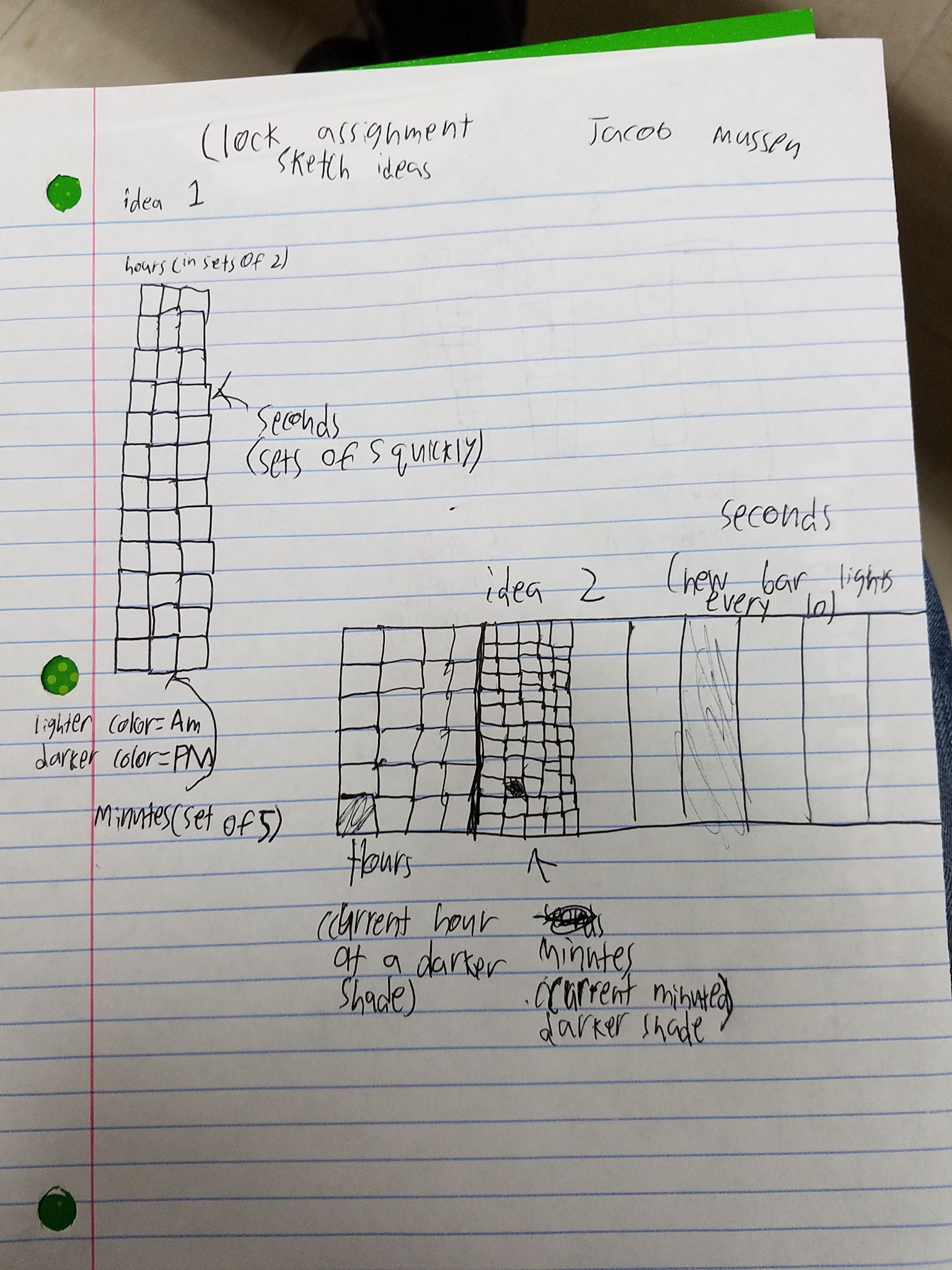
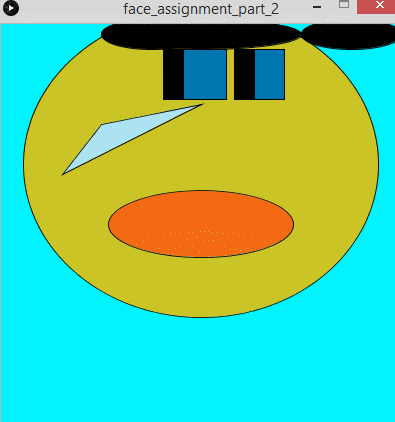
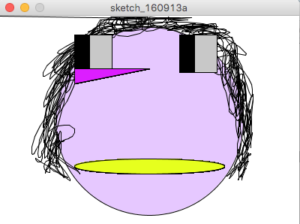 I wanted to make this image heavily stylized and not realistic
I wanted to make this image heavily stylized and not realistic